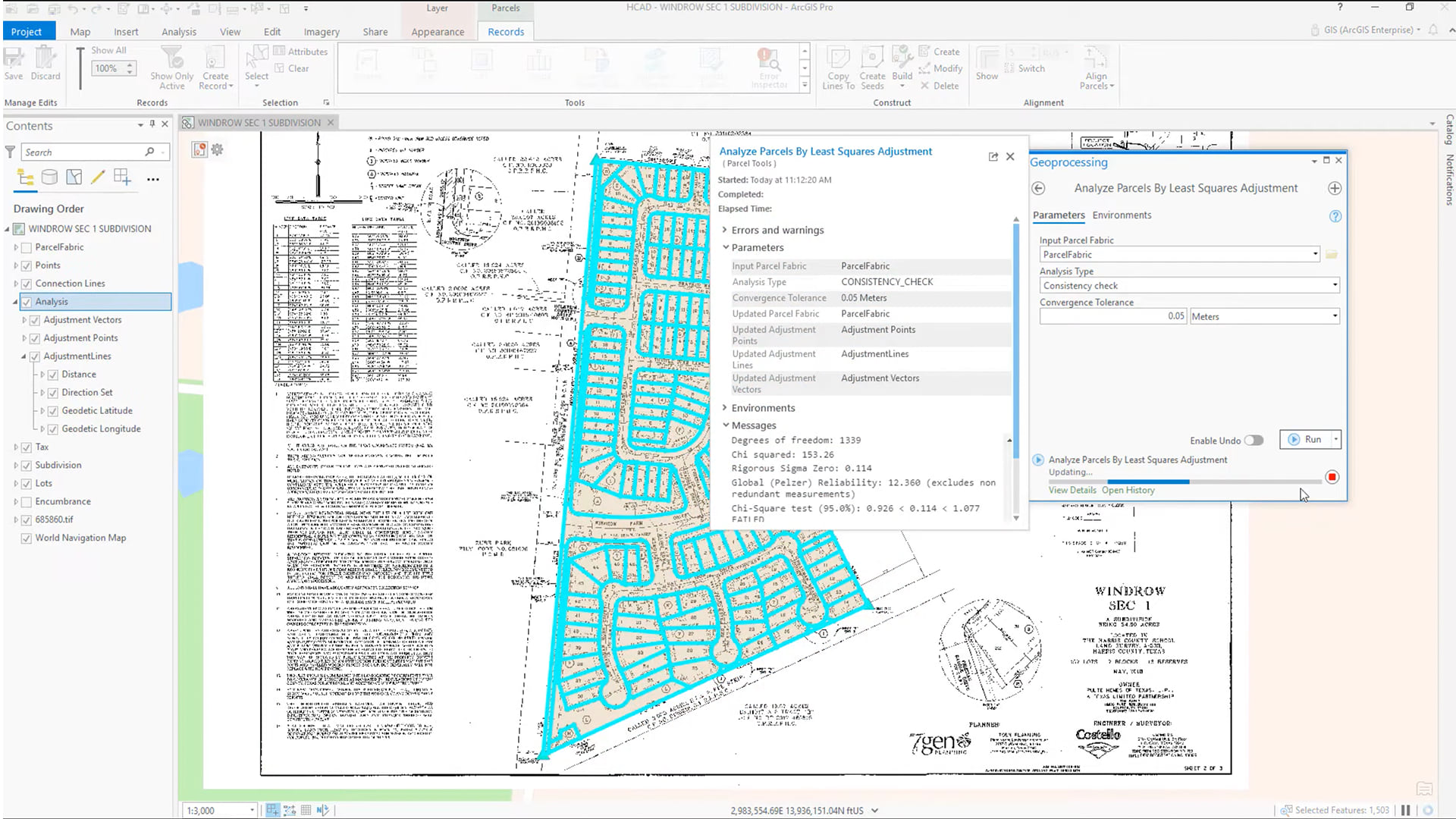
From a GIS point of view, this means that I can build a pretend city quickly using a local coordinate system and then export it over to my 3D GIS OR I can create a real town based on the footprints and very quickly populate it using a generic building type and export it over to the GIS. It’s not all urban designĪlthough this is a tool designed for Urban Design and Planners, there is a lot of other functionality which is overlooked, for example, those cities you see in the images above, have coordinate systems. Yes, it is a tool for building cities, but it provides the means to bring them to life and give them validity.

Modelling this in a conventional way would be extremely time consuming but using this rule based system you can easily apply rules to govern what species live near another or how they interact.

Let’s have a think about the film Zootopia, it centres around a city of animals from the smallest to the largest, each with their own style of habitat and environment. To date CityEngine has been used in Cars 2, Total Recall, Big Hero 6, Man of Steel, Independence Day 2 and Zootopia but don’t think that you can just open it up and create you’re own film, there is a fair bit of studio work that goes into turning the virtual city into what you see on screen…that isn’t to say you can’t and that is what makes this so great. Building in this way, by using rules, is what is defined by “procedural modelling” and is widely used by the film industry for creating realistic cities due to how easily convincing areas can be built, destroyed, manipulated and recreated relatively quickly. By using rules in this way it is easy to quickly build an entire city without having to drag out the editing tools. You can do this by using rules, for example, you could say that if certain buildings are x tall, then they should look like this, or you could say that if a certain area was green, then fill it with a mix of trees. What is procedural modelling? By definition, it is creating 3D models from a set of rules, this is just as confusing as the term, so let’s look at it another way…How would you go about creating a 3D city from scratch? It doesn’t have to be real but have a lot of the generic features.

BUT here is the thing, having used it a few times over the last few weeks, I wouldn’t be without it, so if you read on, I’ll run through what it actually is, what it does and why it will be useful not only to the GIS people out there but also the architects, technicians and construction industries too, to name only a few. How many of you have asked what CityEngine actually is, only to hear the confusing phrase: “It’s a procedural modelling tool”….To me, that sounds like saying that GIS is a geospatial configuration and analysis tool, not very helpful to the masses.
HOW TO IMPORT ARCGIS PRO INTO CITYENGINE SOFTWARE
Although in software like Unreal and Unity, you can download or buy models, what do you do when you want something bespoke you have built-in GIS? Or how about when you want to use a coordinate system to keep bits of your model the right distance?Īlthough I work with one of the worlds most prominent CItyEngine gurus’, I, like many of you, have been put off by the way it sounds and also that it is blatantly referred to as “not a GIS”. This past few weeks I’ve been trying to do some clever augmented reality stuff with Unity involving putting objects on the floor and ensuring it doesn’t wobble when you walk around it (Yay for SLAM in mobile devices).


 0 kommentar(er)
0 kommentar(er)
